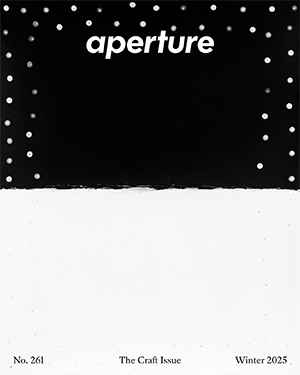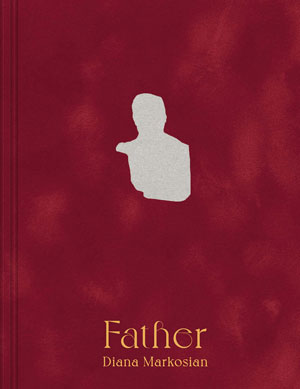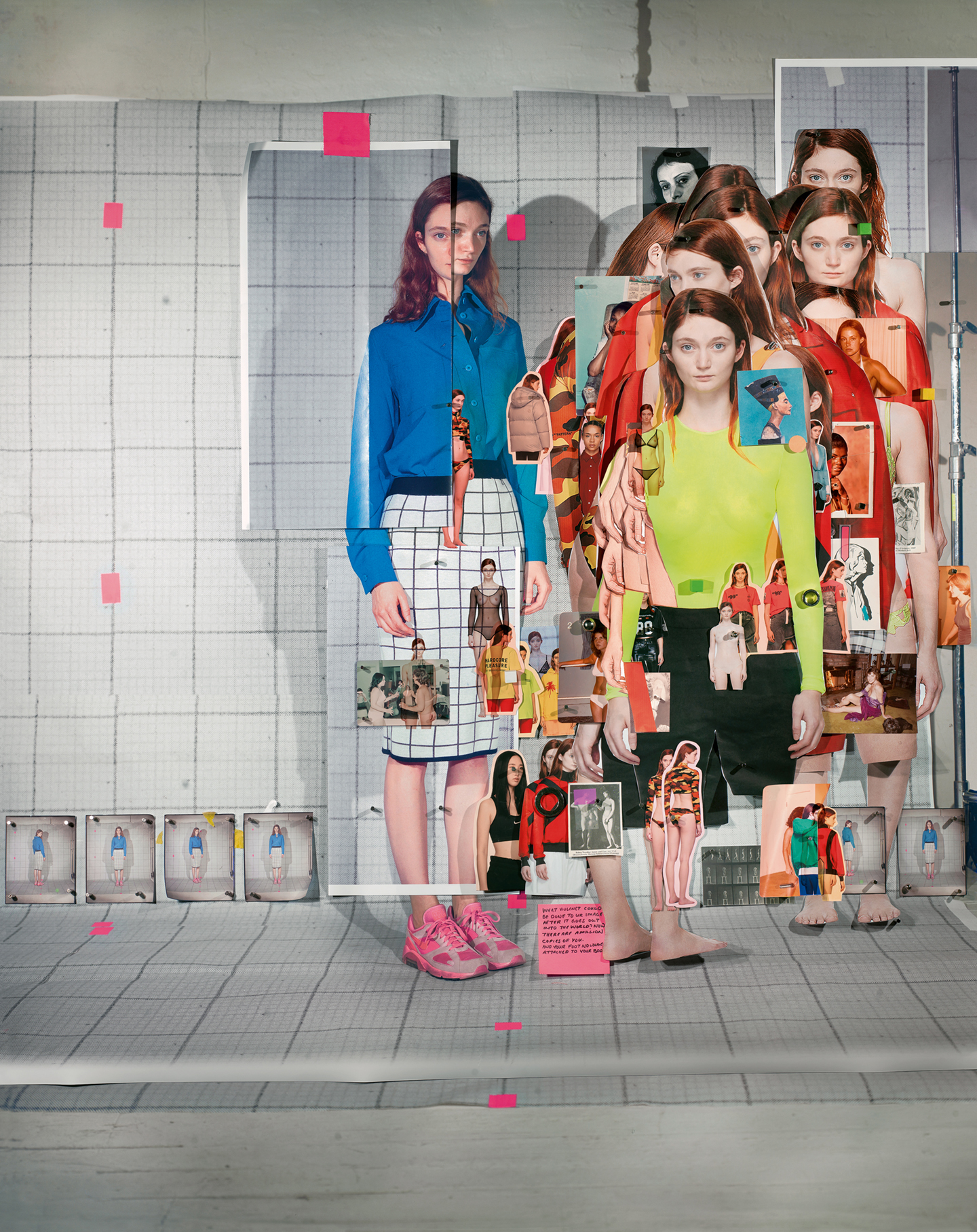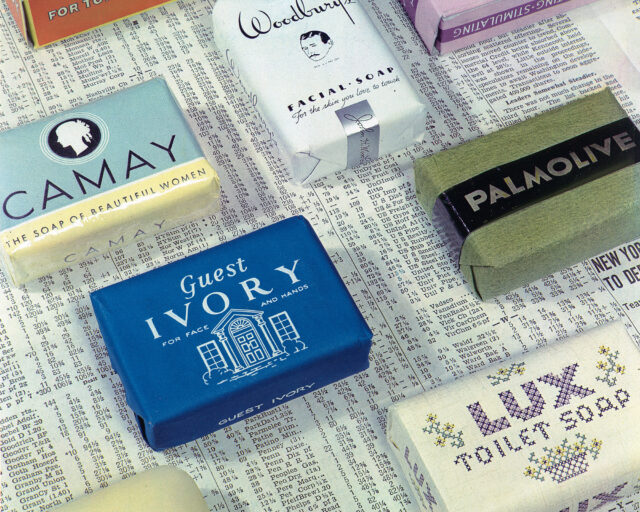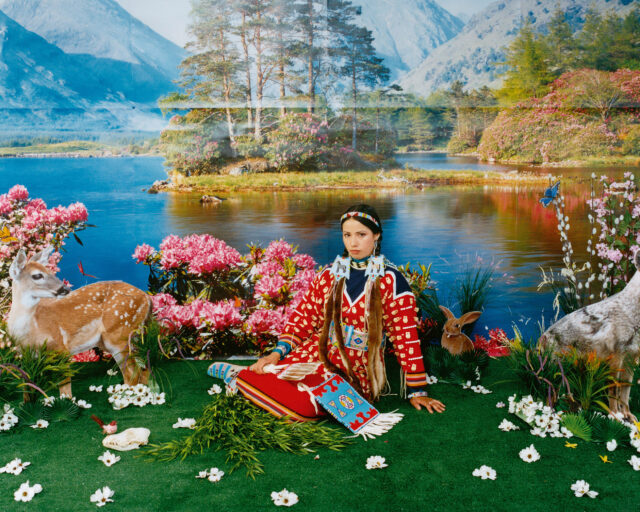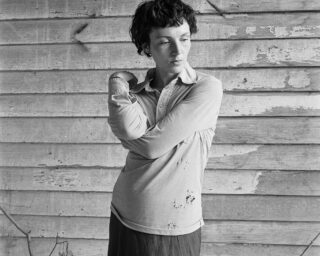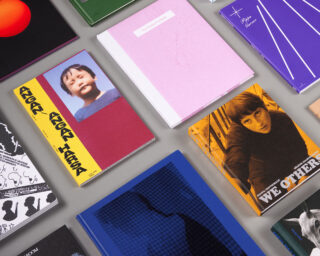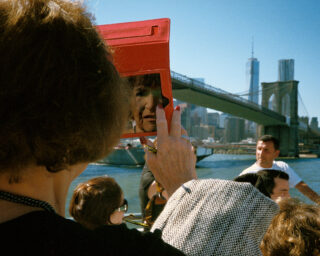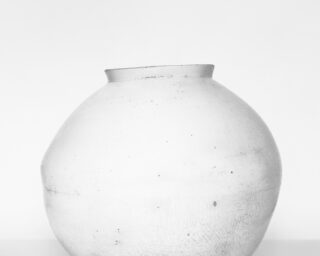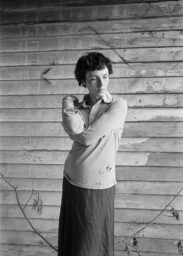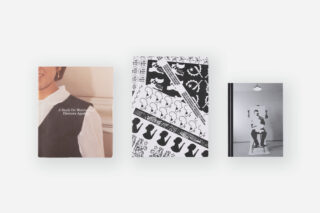Sara Cwynar, 141 Pictures of Sophie 2 , 2019, from Glass Life (Aperture, 2021)
Courtesy the artist
Sara Cwynar is a Vancouver-born photographer, filmmaker, and installation artist living in Brooklyn. She is best known for vibrant collages that evoke the dopamine-driven feeds of social media. To make them, she conducts a chaotic array of influences—among them eBay, luxury fashion ads, art history, and amateur snapshots—into visual symphonies, exploring how the pathologies of late capitalism fuel what she has called our collective and personal “desire for desire.” —The Editors
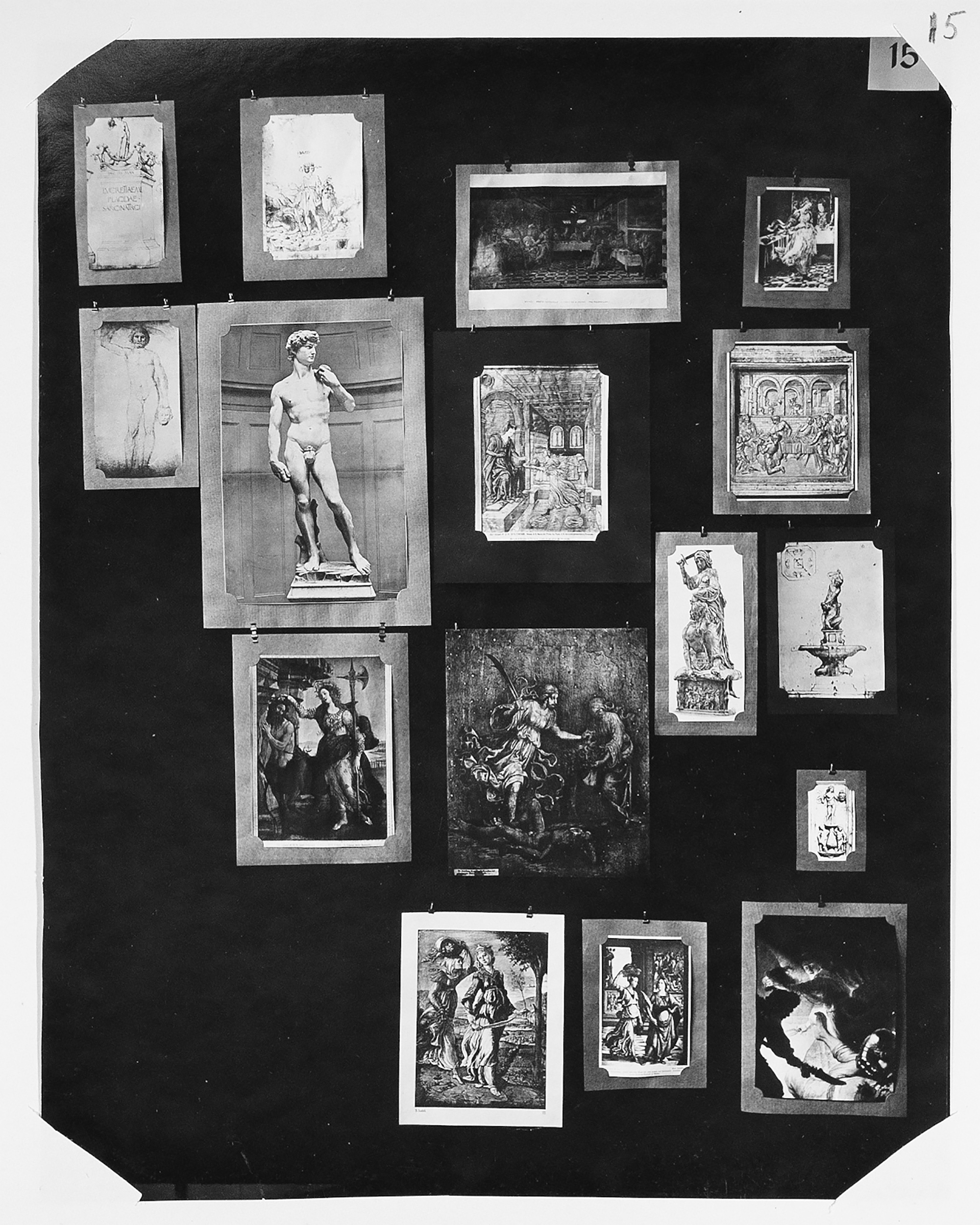
Courtesy The Warburg Institute
Mnemosyne Atlas
One of my all-time favorite artworks. Conceived by Aby Warburg in 1924 and left unfinished at the time of his death five years later, the Mnemosyne Atlas is a giant compendium of photographs of artworks as well as other images from across Western visual culture categorized and mounted on sixty-three panels, through which Warburg attempted to map the “afterlife of antiquity.” His project strikes me as something like an early internet search produced by one idiosyncratic mind. Warburg tries to be objective and comprehensive (the Atlas contains nearly a thousand images), and yet his work includes an enormous amount of personal decision making and subjective, enduring beauty.
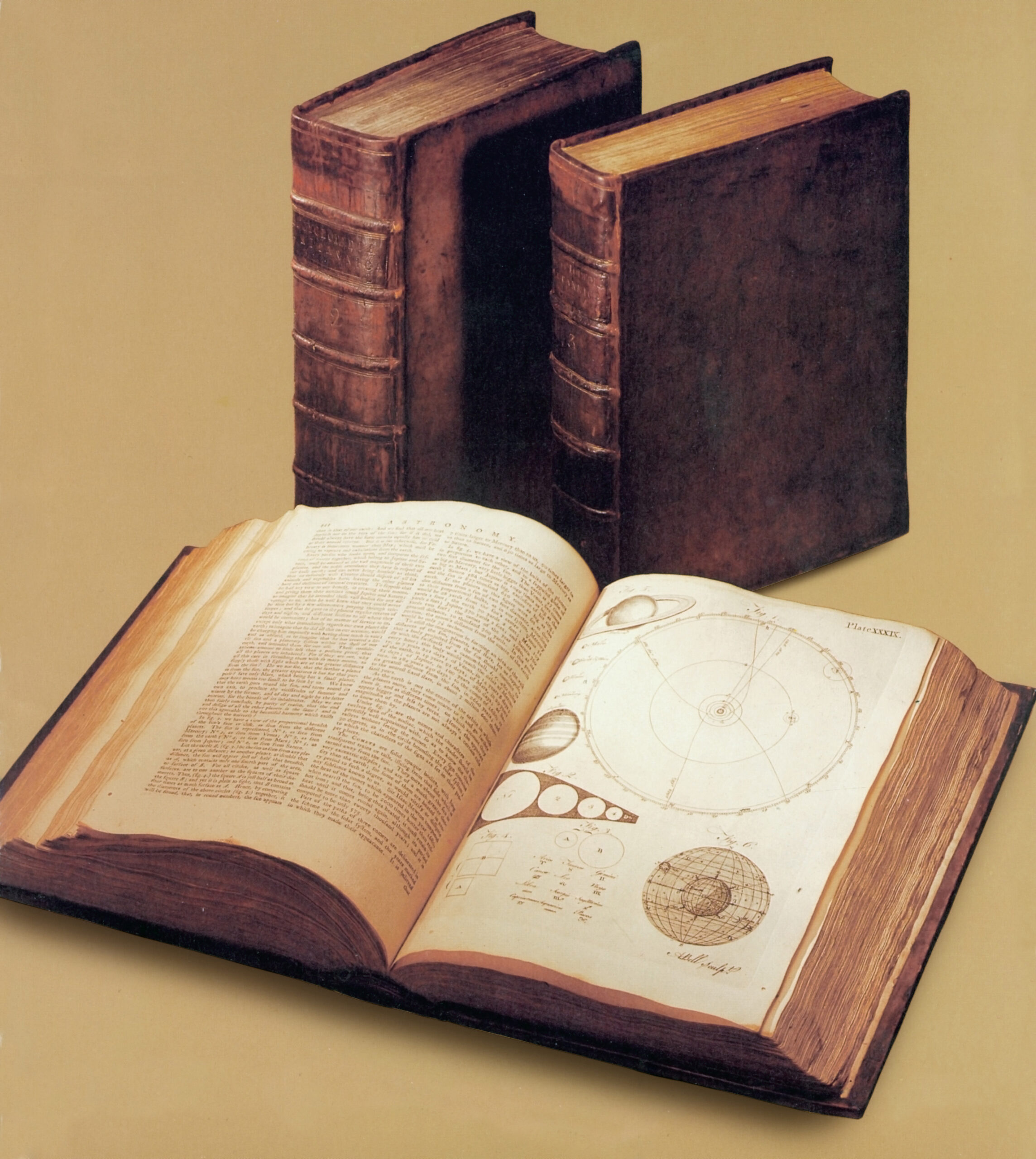
Encyclopedia Britannica
The most kitsch object of all! The idea that you could distill all human knowledge into a single set of books, from A to Z, is just preposterous, filled with hubris and Enlightenment-era optimism. I like looking back at these physical objects (the Encyclopaedia Britannica went online only after the 2010 edition) to see what they communicated about the world. If kitsch is a way of distilling the messiness of life into an easily digestible set of images and ideas, then an encyclopedia is its quintessential text.

Courtesy the artist
Cruel Optimism
Lauren Berlant’s 2011 book Cruel Optimism—a meditation on the condition in which “something you desire is actually an obstacle to your flourishing”—is one I return to over and over again. I first encountered it while making a video work about the rose gold iPhone, thinking about how we get attached to objects we already ostensibly own.

Algorithms of Oppression
Safiya Noble’s 2018 book Algorithms of Oppression: How Search Engines Reinforce Racism is a kind of modern companion to Aby Warburg’s Mnemosyne Atlas. I often think about the difficulties in making an objective archive or representation of “cultural memory,” as Warburg was trying to do, and how these ideas have been accelerated within the giant archive that is the internet. Noble’s book explores the politics of search engines such as Google, and the seemingly neutral technologies that are always inflected with human bias.
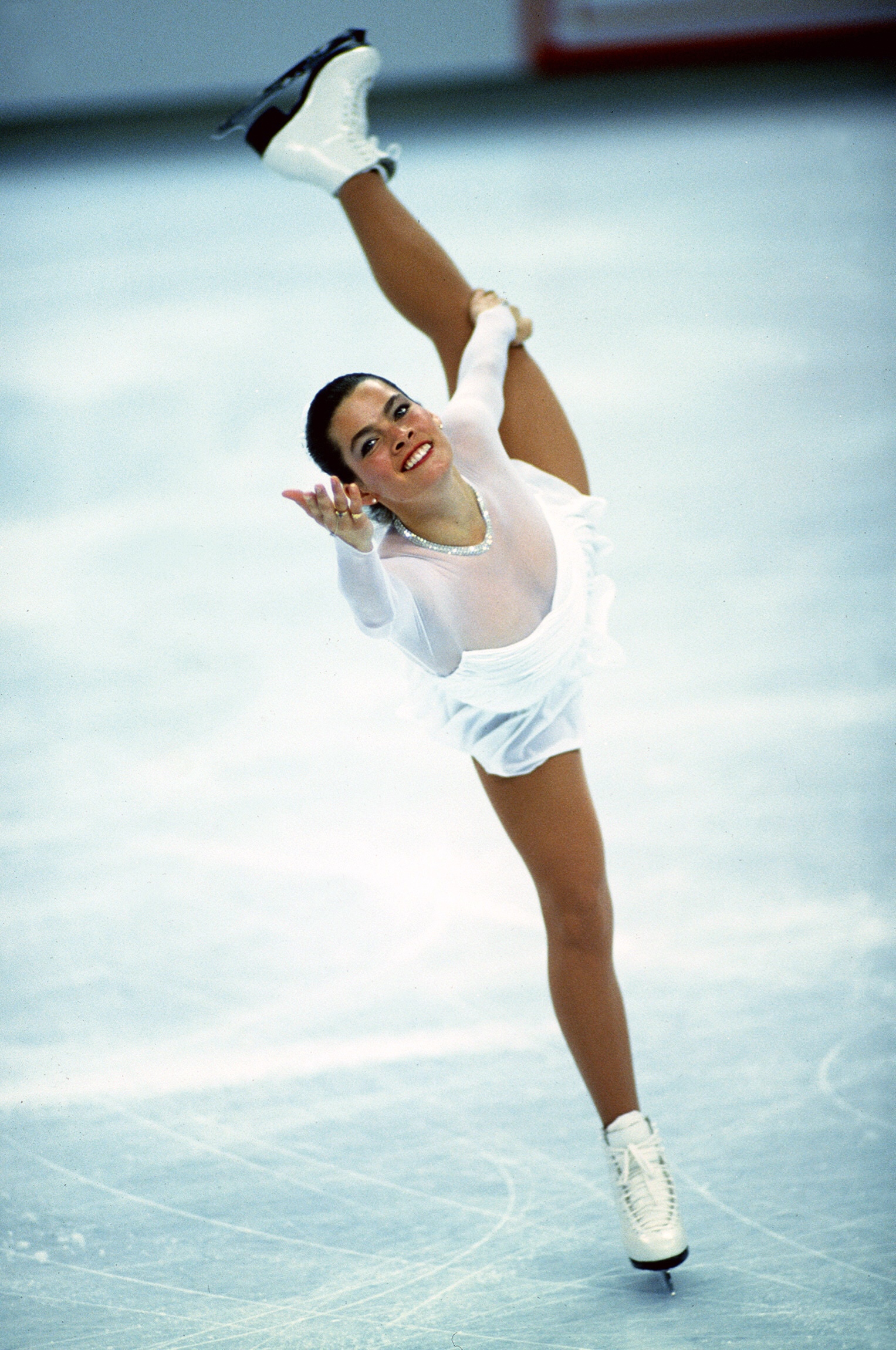
Courtesy Photofest
Figure Skating
I became obsessed with figure skating in 1994 when an assailant, hired by Tonya Harding’s husband and her bodyguard, bashed Nancy Kerrigan in the knee. That year, more people watched the Olympic women’s skating final than the Super Bowl. I was a competitive figure skater from the age of nine to seventeen. Skating is the perfect mix of physical rigor, showmanship, and kitsch. And the rink was the first place I began to process some of the abiding themes in my work—how people are made (and make themselves) into images, how women’s bodies become commodities, how people are used up in our culture for entertainment and profit.

Courtesy the Criterion Collection/Photofest
F for Fake
Worth watching if only for the baby monkey! A late work by Orson Welles, the 1973 film F for Fake documents a famous forger of Picasso and Matisse paintings before moving on to examine other types of fraud and illusion. Ever relevant in our time of online grifters and algorithmic legerdemain, it is also beautifully shot, funny, and very entertaining.
This article originally appeared in Aperture No. 260, “The Seoul Issue,” under the column Curriculum.
